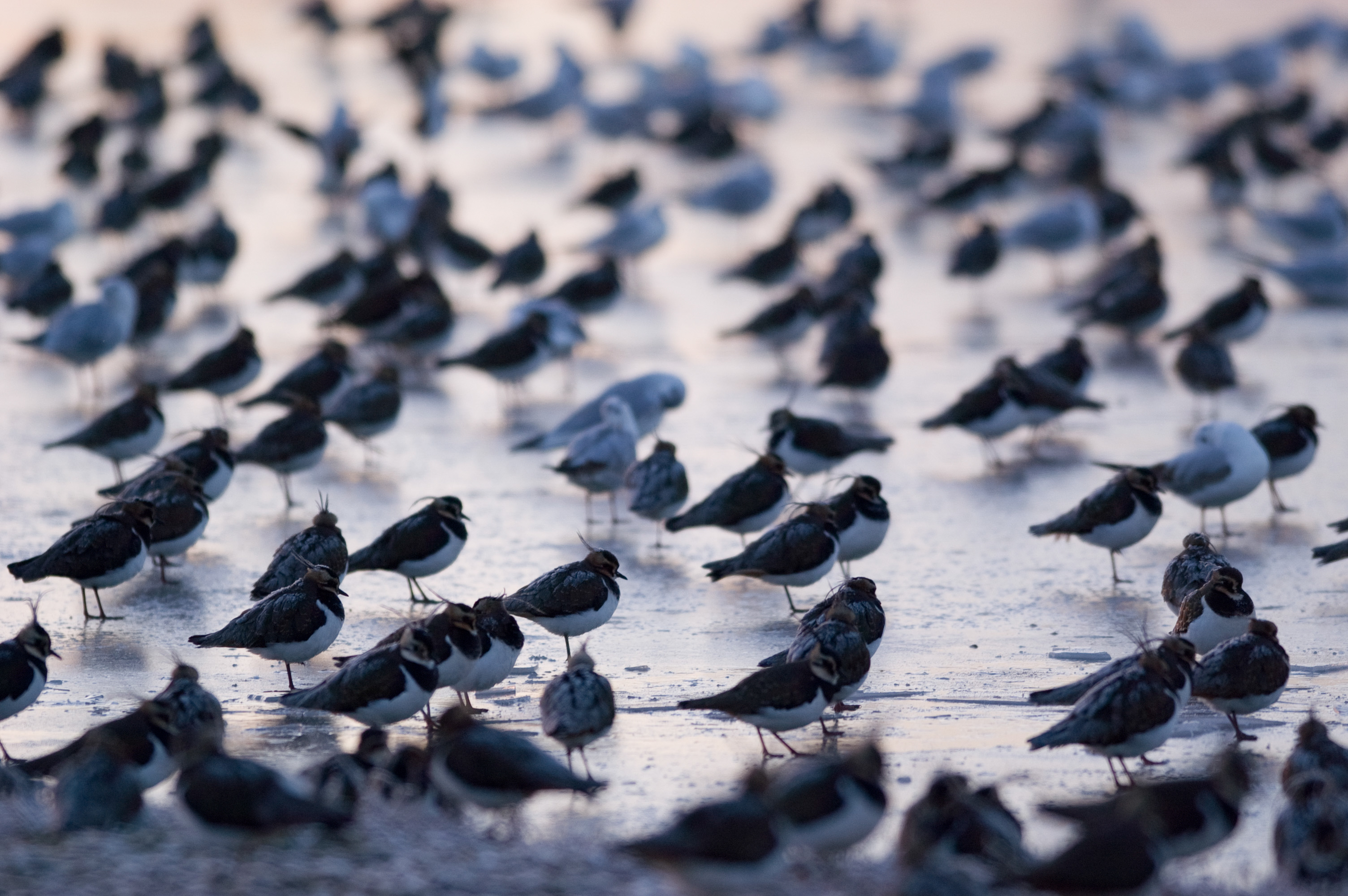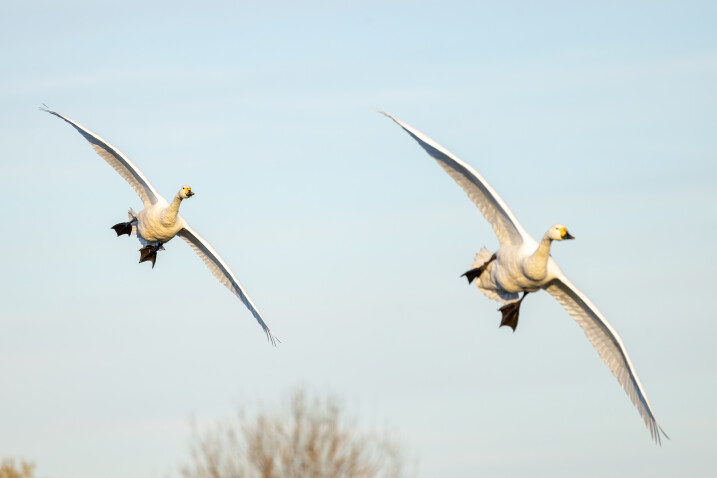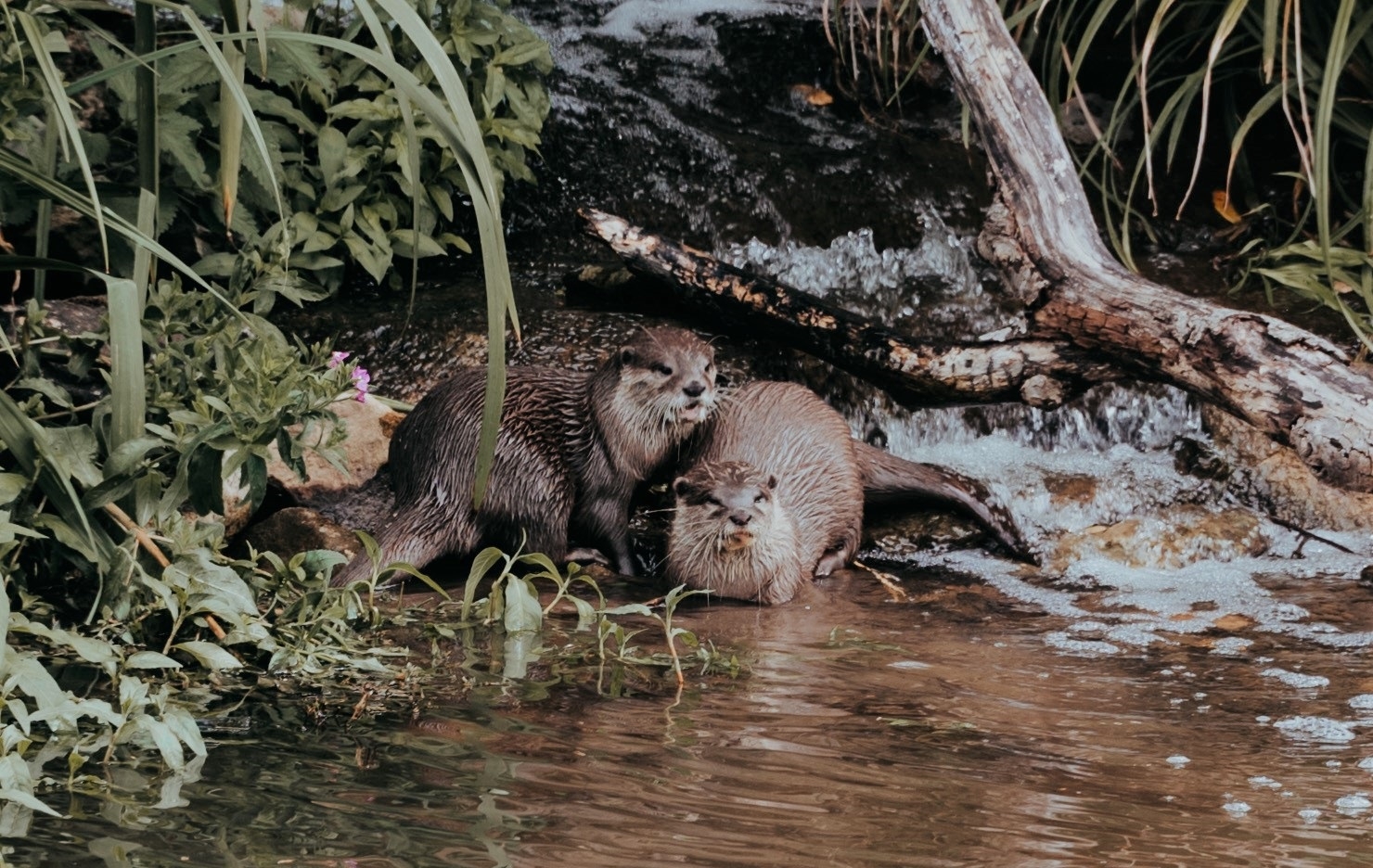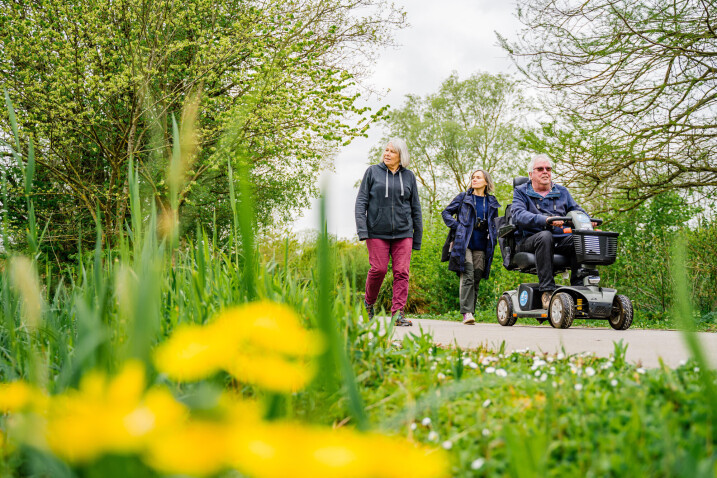Geese running on Hawaiian time lay early eggs
Temperatures are still sub zero at night in many parts of the UK but for Hawaiian geese living here in Gloucestershire this seems the perfect time to get busy laying eggs.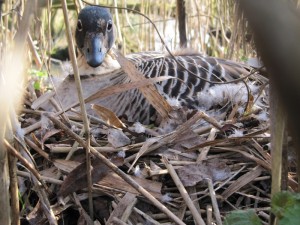
This Hawaiian goose, which is the rarest species of goose in the world, has been bred at Slimbridge Wetland Centre for over 60 years, but still they keep their natural behaviours and lay in January or February without fail each year.
Phoebe Young, duckery warden, said: “It is great to see that they still adhere to nearly all of their natural behaviours as they would in the wild in Hawaii.
“After their young goslings hatch there is still quite a window before most of the other ducklings and goslings make an appearance, but when the Nene start laying their eggs it is always a nice sign that spring is just around the corner.”
This species of goose was saved from extinction by WWT’s founder Sir Peter Scott and the population in the wild and in collections across the world is now stable thanks to continued efforts.
There are currently 12 nests in the grounds at WWT Slimbridge and staff at the Centre record where each one is to ensure they are suitably protected with adequate shelter should temperatures take a plunge.
Around 500 baby birds are reared every year at WWT Slimbridge and from mid March visitors will start to spot them in the grounds.
The Centre also celebrates baby birds with its Downy Duckling Days events in May half term each year.
This event offers families the chance to see the inside the duckery where many youngsters hatch and to hear and see inside an egg at a developing chick.
Phoebe added: “The Hawaiian geese are one of the species that families can commonly hand-feed in the grounds, and as a result they really are very popular.
“Nene show real love and devotion to their partners, and stick with their young right up until the point that the breeding season begins all over again.
“Interestingly they also have the shortest webbing between their toes of any goose species, and whilst this makes them adept climbers back in their native Hawaiian landscape, it means that they are always managing to get over fences and into places they shouldn’t be when they explore the grounds here!”
